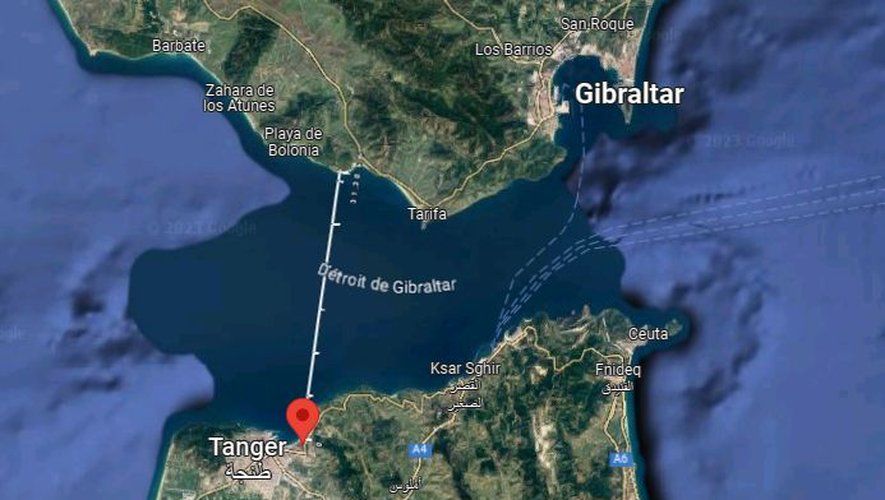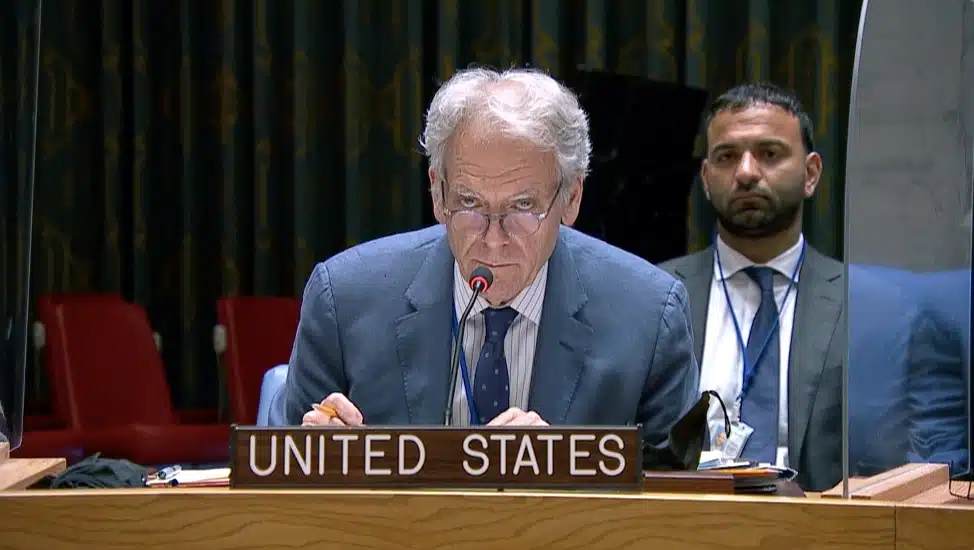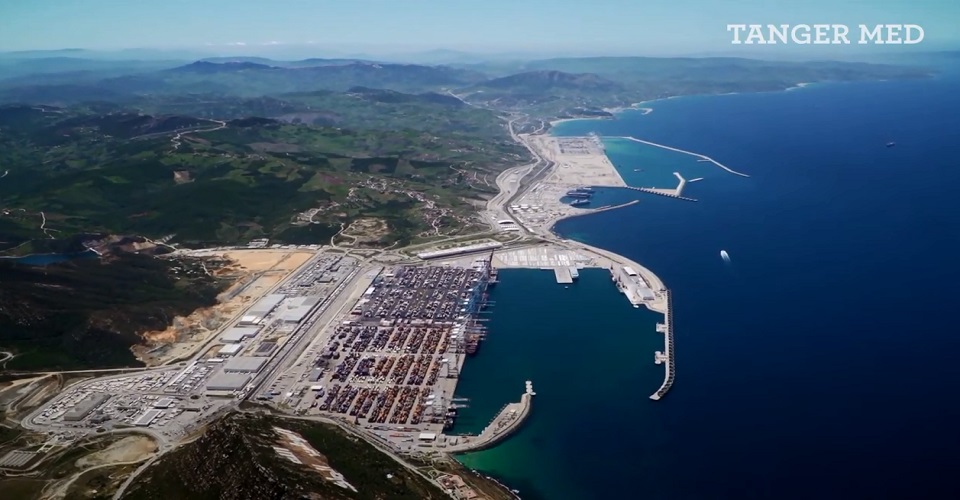The strategic importance of the fixed link project, through the Strait of Gibraltar, between Morocco and Spain, for both kingdoms and for Europe and Africa was the focus of a conference held this week in Madrid.
During this meeting, held at the Casa Árabe, an institution under the Spanish Ministry of Foreign Affairs, on the occasion of the presentation of the new issue of the magazine “Awraq”, specialized in Arab-Muslim world affairs, the relevance of this project, which will be the culmination of a long process of evolution of economic and political relations between Morocco and Spain, built around the Strait of Gibraltar at different times in history, was emphasized.
The president of SECEGSA (Sociedad Española de Estudios para la Comunicación Fija a través del Estrecho de Gibraltar), José Luis Goberna Caride, highlighted the latest progress of the project, in view of the reaffirmed willingness of Rabat and Madrid to move forward in the relaunching and promotion of studies related to the feasibility of this great project.
This will was confirmed by the signing of the memorandum of understanding on infrastructure during the high-level Moroccan-Spanish meeting held on February 1 and 2 in Rabat, he said.
Recalling that the Strait of Gibraltar is a key area between Spain and Morocco, the professor of history at the University of Hamburg, Sabine Panzram, estimated that the fixed link project aims to unite two countries and two continents, which could strengthen the rapprochement at all levels, economic, social, cultural and human.
“This project would facilitate the connection between Morocco and Spain and reinforce the economic development of the whole region,” Panzram said in statements to MAP’s M24.
Other participants pointed out that the Strait of Gibraltar is today a hub for maritime exchanges of people and goods between Europe, North Africa, the Mediterranean and North America, especially after the port and industrial developments experienced by Tangier and the Bay of Algeciras in recent years
Participants were also able to follow explanations, supported by maps and infographics, on the technical details of this future structure, whose design has been continuously enriched thanks to the studies and reflections carried out in recent years, based on an extremely fruitful and constantly evolving dynamic of research, development, and scientific innovation.
It is to be recalled that the Moroccan-Spanish joint committee for the fixed link through the Strait of Gibraltar held, Monday April 10, its 43rd session under the chairmanship of Minister of Equipment and Water, Nizar Baraka, and Spanish Minister of Transport, Mobility and Urban Agenda, Raquel Sánchez Jiménez.
Spain and Morocco have started a new stage in the revival of the project of fixed link of the Strait of Gibraltar, said Raquel Sanchez.
“We are entering a new stage in the revival of the project of fixed link through the Strait of Gibraltar, which we began in 1981 with our two companies, Secegsa and the Moroccan National Society of Studies of the Strait of Gibraltar (SNED),” he said.
This session, organized by the Spanish side a long time after the 42nd session held on October 29, 2009 in Tangier, translates the common will to relaunch the project of fixed link, and implement the memorandum of understanding on infrastructure signed during the Moroccan-Spanish high-level meeting held in Rabat last February 1-2.
The geographical position of the Strait of Gibraltar gives this project an exceptional position in the Euro-African strategy of major international land transport networks leading to Spain and Morocco.
It should be noted that the project of fixed link has been continuously enriched by studies and reflections conducted in recent years.
The joint committee for the fixed link through the Strait of Gibraltar was created under the cooperation agreements signed between Morocco and Spain, in October 1980 and September 1989.



